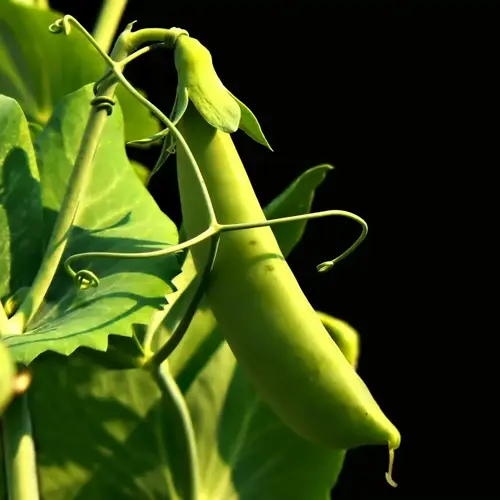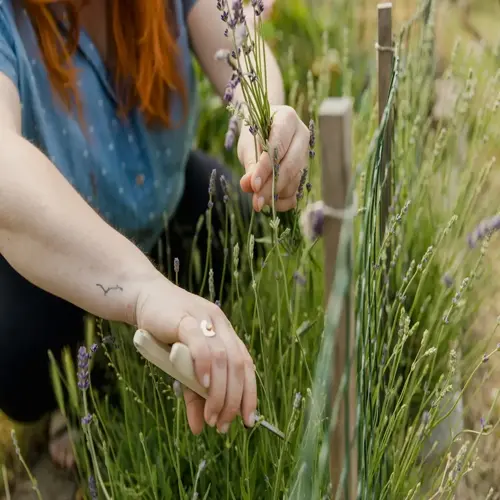What are the key differences between turnips and rutabagas?

Written by
Tina Carter
Reviewed by
Prof. Samuel Fitzgerald, Ph.D.Turnips and rutabagas are often confused with one another among root vegetables, but they are distinct, unique root vegetables with significant differences. Time to maturity also varies greatly; turnips mature in 35-60 days, while rutabagas take 90+ days. Rutabagas can withstand harsher freezes, making them better suited for winter harvesting. I grow both vegetables to get the best of both seasonal worlds.
Turnip Characteristics
- Brassica rapa species origin
- Annual growth cycle completion
- Finer root hairs and smoother skin texture
- Shallow root system reaching 12-18 inches
Rutabaga Traits
- Brassica napus species classification
- Biennial growth pattern requiring vernalization
- Thick waxy protective skin coating
- Deeper taproots extending 24+ inches
Flavor profiles are extremely different. Turnips have a subtle, peppery flavor, mostly when fresh and eaten raw in salads. Rutabagas have a sweeter, earthier flavor, making them great for roasting. The difference in the sweetness of the sauce is due to the rutabaga having had more time to grow and accumulate greater carbohydrates. I have a preference for turnips as a quick summer vegetable and rutabagas for hearty winter meals.
Cultivation requirements vary drastically. Turnips require light, well-drained soil; rutabagas can tolerate heavier clay. The timing of planting varies for rutabagas; it is best to sow in midsummer for a fall harvest. I start rutabaga seeds in June and succession plant turnips from March to September.
Turnip Uses
- Raw in salads and slaws
- Quick pickling for crunch
- Sautéed greens
- Roasted with other root vegetables
Rutabaga Preparations
- Mashed with butter and nutmeg
- Soups and stews
- Baked in casseroles
- Fermented like kimchi
The nutritional content of these root vegetables differs. Turnips contain higher amounts of vitamin C, and rutabagas have more potassium. Both root veggies contain compounds called glucosinolates that have anti-cancer properties. I save combined turnips and rutabagas in the winter so I can eat a mixed root vegetable source of nutrition during the winter months.
Read the full article: When to Plant Turnips for Best Results

